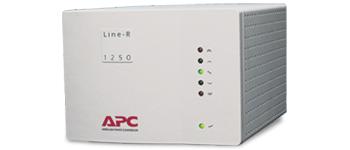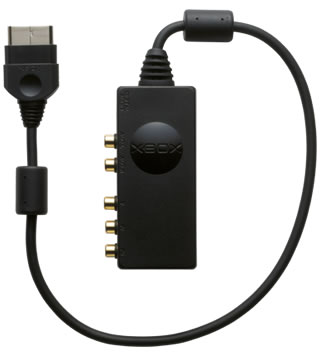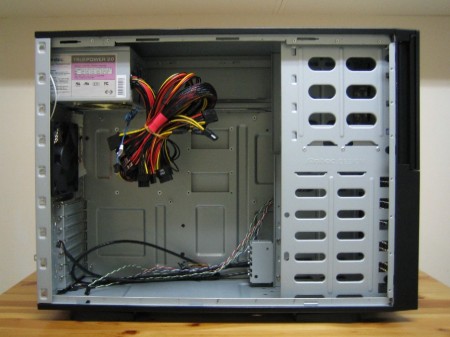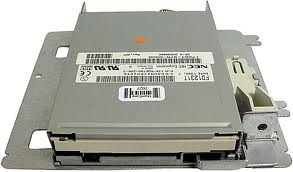
Power protection is something that comes up, oh, never. You have the PC, monitor, printer and whatever else plugged into a $10 power bar you bought at Radio Shack. This is bad. Regardless of what’s passed before as acceptable, every computer needs to be attached to a surge protector or better. How do you know a good product? Two things: they offer insurance from $2500 and up against your computer frying, and their a name brand like APC or Tripp Lite. Don’t forget to get one that protects your phone line as well; a power surge can come that way and get you.
You’re computer’s already hooked up, and you’re feeling pretty confident. What happens to your components when you have a brown out or a voltage sag? Your PC may not fry on the spot, but it’s causing stress on the components and spells trouble down the road. Until recently, the only thing you could do was plunk down the bucks and buy a UPS ( uninterruptible power supply ). The thing is most people don’t need the battery portion, but had to pay for it anyway.
That is, until now. APC, or American Power Conversion, tries to cover the spectrum of power and computers. Their product line is, to say the least, all encompassing. Naturally I turned to their web site for an alternative, and found the APC Line-R products. These products step the power up or down to normal levels, thus keeping your computer receiving the juice it needs. As well it filters against noise and surges from your lines, like when the dish washer kicks in and the lights dim. APC has two models, the 600 and the 1250; unfortunately the web site is wrong and lists both models with the same specs. I dug into the manual and found the 1250 supports 15 amps while the 600 supports 8 amps. Other than that they’re exactly the same, with four outlets, a circuit breaker, power switch and status lights.
Upon unpacking the 1250, I noticed the extreme weight of 17 pounds. Lots of copper needed for this kind of thing. I added up the amp ratings on the equipment I was plugging in, from the stickers by the plugs, and found I needed more than 8 amps so I chose the 1250 model. I plugged it into an ungrounded outlet just to see what happened; the Site Wiring Fault Indicator light went red. I then moved it to a grounded outlet and received a green light for my troubles. I plugged everything in and went about my business.
Most of the time the Input Voltage Level Indicator lights, a range of five, stayed lit on normal. When my washing machine kicked in I noticed it dipped to low, then back to normal. Other than that I haven’t noticed much activity, but then I’m not staring at it 24 hours a day. The unit also has an audible alarm for voltages outside it’s range; in these cases shut everything down!
Let’s face it: power just isn’t as sexy as it used to be. But let’s practice safe computing and keep that equipment protected. Besides, if your equipment gets fried while attached to a Line-R, APC will cover you up to $25000.
Editors note: this review was migrated from the old eBabble.net site and the photos updated. Originally published May 17th 2001.




